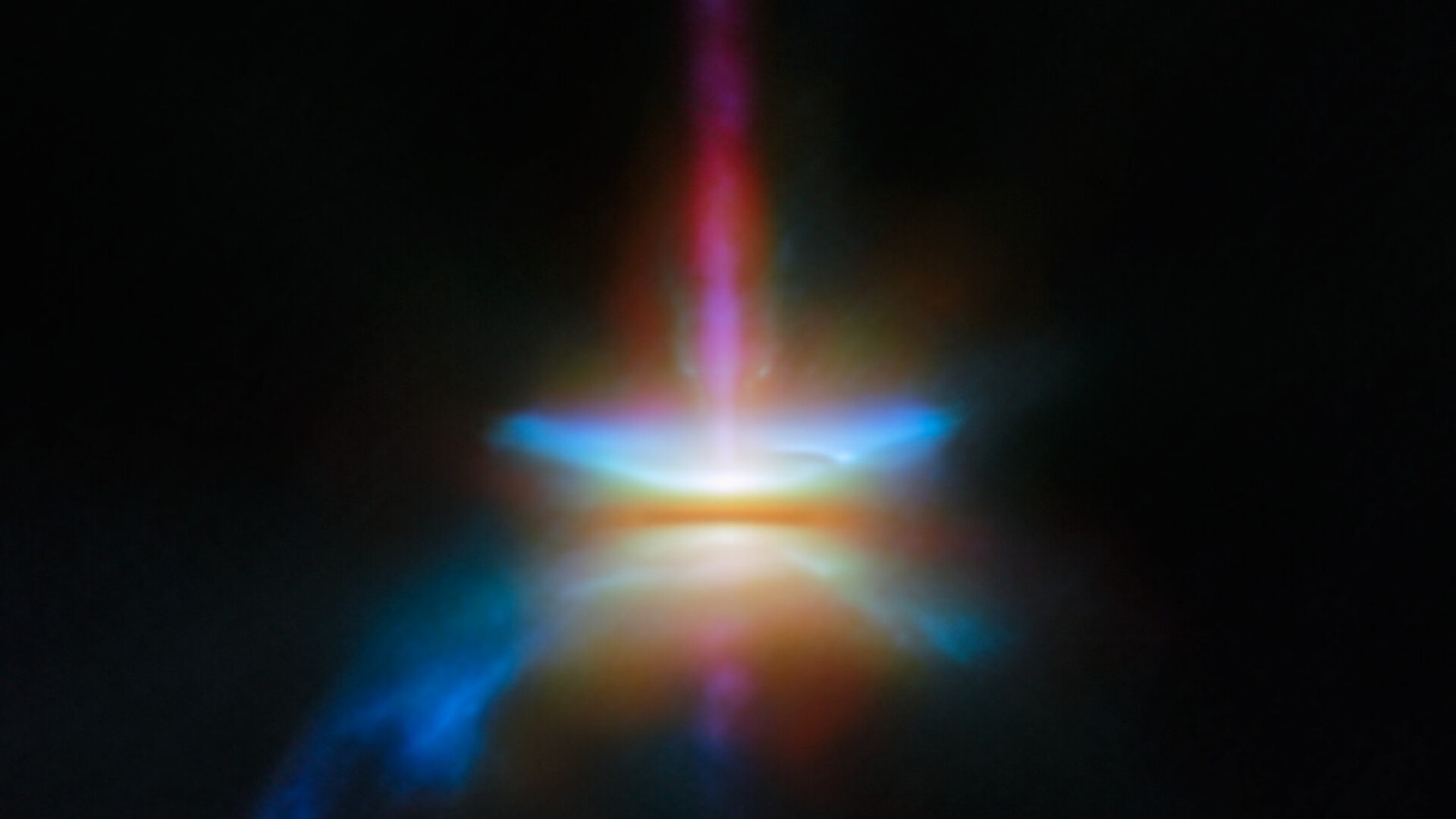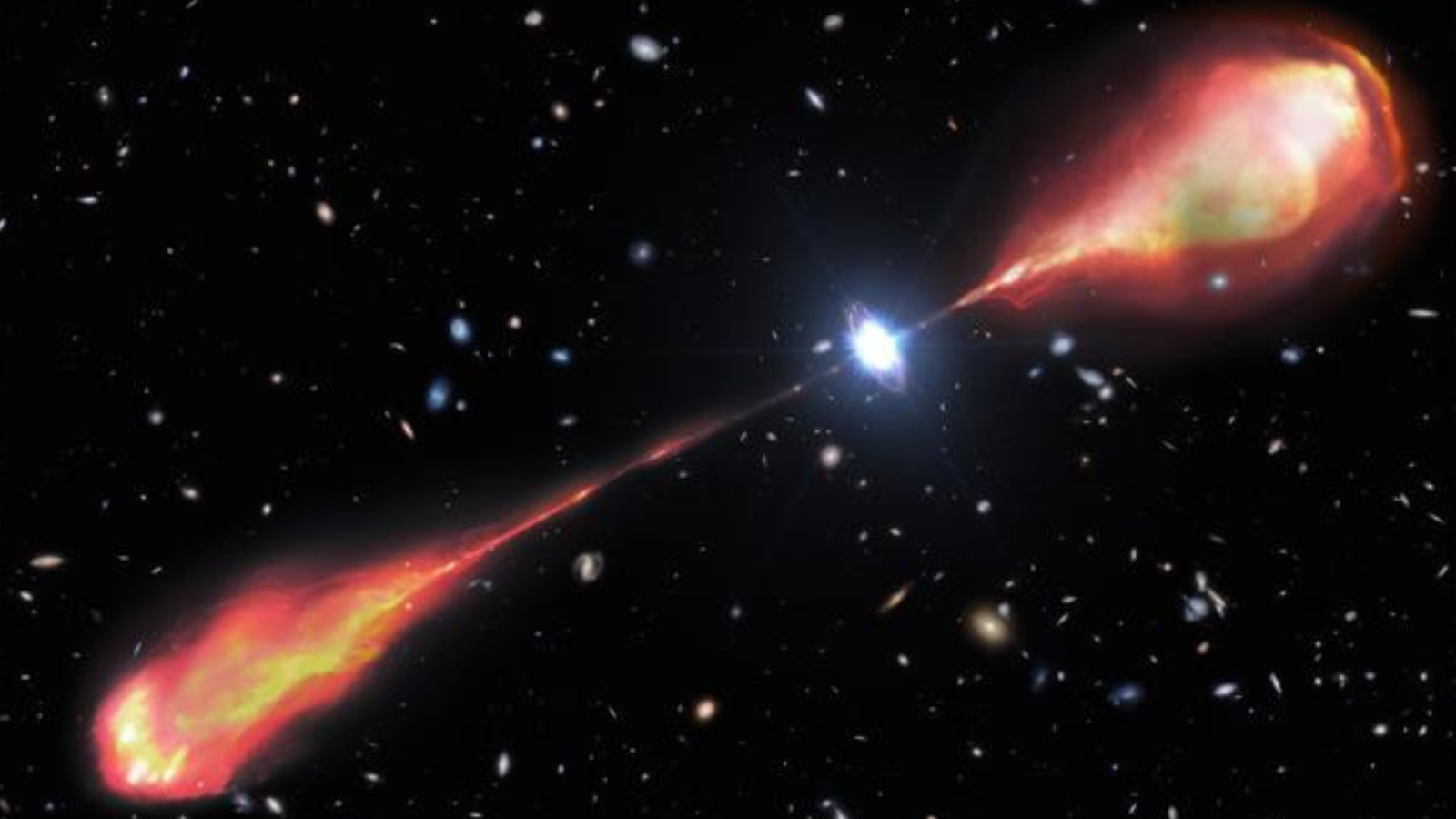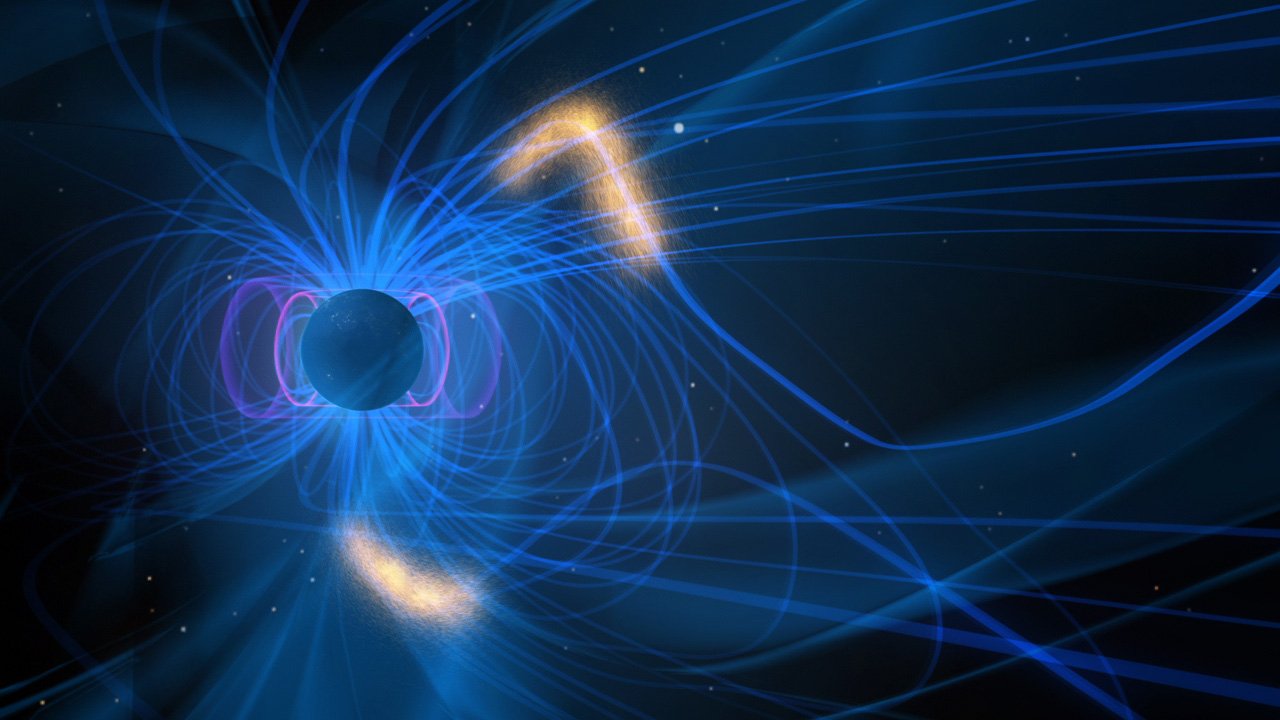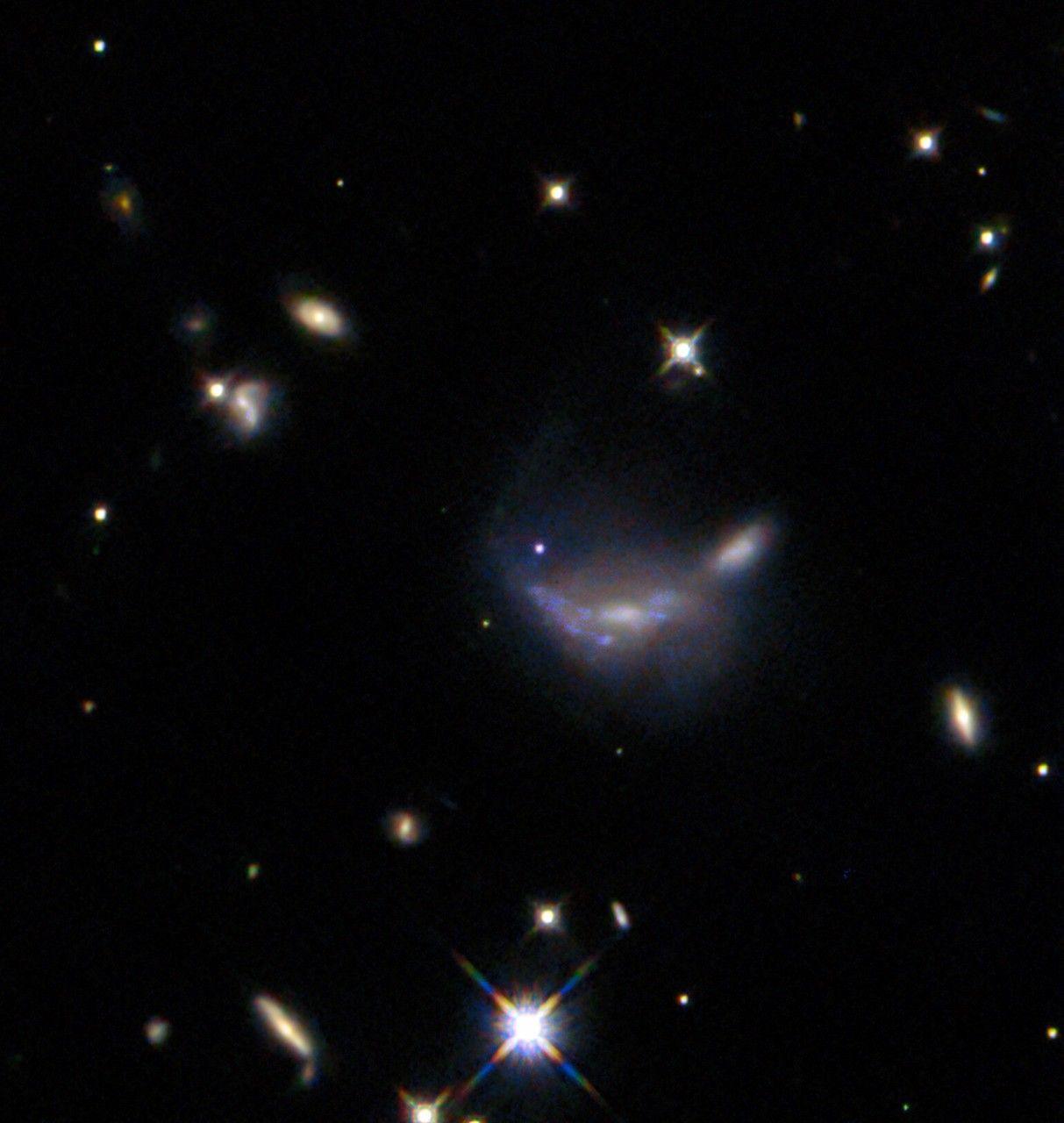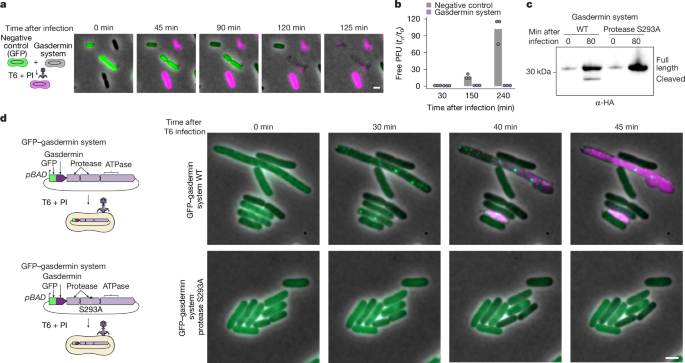Astronomers Find the Largest Structure in the Universe and Name it “Quipu”
Is it possible to understand the Universe without understanding the largest structures that reside in it? In principle, not likely. In practical terms? Definitely not. Extremely large objects can distort our understanding of the cosmos. Astronomers have found the largest structure in the Universe so far, named Quipu after an Incan measuring system. It contains … Continue reading "Astronomers Find the Largest Structure in the Universe and Name it “Quipu”" The post Astronomers Find the Largest Structure in the Universe and Name it “Quipu” appeared first on Universe Today.

Is it possible to understand the Universe without understanding the largest structures that reside in it? In principle, not likely. In practical terms? Definitely not. Extremely large objects can distort our understanding of the cosmos.
Astronomers have found the largest structure in the Universe so far, named Quipu after an Incan measuring system. It contains a shocking 200 quadrillion solar masses.
Astronomy is an endeavour where extremely large numbers are a part of daily discourse. But even in astronomy, 200 quadrillion is a number so large it’s rarely encountered. And if Quipu’s extremely large mass doesn’t garner attention, its size surely does. The object, called a superstructure, is more than 400 megaparsecs long. That’s more than 1.3 billion light-years.
A structure that large simply has to affect its surroundings, and understanding those effects is critical to understanding the cosmos. According to new research, studying Quipu and its brethren can help us understand how galaxies evolve, help us improve our cosmological models, and improve the accuracy of our cosmological measurements.
The research, titled “Unveiling the largest structures in the nearby Universe: Discovery of the Quipu superstructure,” has been accepted for publication in the journal Astronomy and Astrophysics. Hans Bohringer from the Max Planck Institute is the lead author.
“For a precise determination of cosmological parameters, we need to understand the effects of the local large-scale structure of the Universe on the measurements,” the authors write. “They include modifications of the cosmic microwave background, distortions of sky images by large-scale gravitational lensing, and the influence of large-scale streaming motions on measurements of the Hubble constant.”
Superstructures are extremely large structures that contain groups of galaxy clusters and superclusters. They’re so massive they challenge our understanding of how our Universe evolved. Some of them are so massive they break our models of cosmological evolution.
Quipu is the largest structure we’ve ever found in the Universe. It and the other four superstructures the researchers found contain 45% of the galaxy clusters, 30% of the galaxies, 25% of the matter, and
occupy a volume fraction of 13%.
The image below helps explain why they named it Quipu. Quipu are recording devices made of knotted cords, where the knots contain information based on colour, order, and number. “This view gives the best impression of the superstructure as a long filament with small side filaments, which initiated the naming of Quipu,” the authors explain in their paper.

In their work, Bohringer and his co-researchers found Quipu and four other superstructures within a distance range of 130 to 250 Mpc. They used X-ray galaxy clusters to identify and analyze the superstructures in their Cosmic Large-Scale Structure in X-rays (CLASSIX) Cluster Survey. X-ray galaxy clusters can contain thousands of galaxies and lots of very hot intracluster gas that emits X-rays. These emissions are the key to mapping the mass of the superstructures. X-rays trace the densest regions of matter concentration and the underlying cosmic web. The emissions are like signposts for identifying superstructures.

The authors point out that “the difference in the galaxy density around field clusters and members of superstructures is remarkable.” This could be because field clusters are populated with less massive clusters than those in the superstructure rather than because the field clusters have lower galaxy density.
Regardless of the reasons, the mass of these superstructures wields enormous influence on our attempt to observe, measure, and understand the cosmos. “These large structures leave their imprint on cosmological observations,” the authors write.
The superstructures leave an imprint on the Cosmic Microwave Background (CMB), which is relic radiation from the Big Bang and key evidence supporting it. The CMB’s properties match our theoretical predictions with near-surgical precision. The superstructures’ gravity alters the CMB as it passes through them according to the Integrated Sachs-Wolfe (ISW) effect, producing fluctuations in the CMB. These fluctuations are foreground artifacts that are difficult to filter out, introducing interference into our understanding of the CMB and, hence, the Big Bang.

The superstructures can also impact measurements of the Hubble constant, a fundamental value in cosmology that describes how fast the Universe is expanding. While galaxies are moving further apart due to expansion, they also have local velocities, called peculiar velocities or streaming motions. These need to be separated from expansion to understand expansion clearly. The great mass of these superstructures influences these streaming motions and distorts our measurements of the Hubble constant.
The research also notes that these massive structures can alter and distort our sky images through large-scale gravitational lensing. This can introduce errors in our measurements.
On the other hand, simulations of the Lambda CDM produce superstructures like Quipu and the four others. Lambda CDM is our standard model of Big Bang cosmology and accounts for much of what we see in the Universe, like its large-scale structure. “We find superstructures with similar properties in simulations based on Lambda-CDM cosmology models,” the authors write.
It’s clear that these superstructures are critical to understanding the Universe. They hold a significant portion of its matter and affect their surroundings in fundamental ways. More research is needed to understand them and their influence.
“Interesting follow-up research on our findings includes, for example, studies of the influence of these environments on the galaxy population and evolution,” the authors write in their conclusion.
According to the study, these superstructures won’t persist forever. “In the future cosmic evolution, these superstructures are bound to break up into several collapsing units. They are thus transient configurations,” Bohringer and his co-researchers explain.
“But at present, they are special physical entities with characteristic properties and special cosmic environments deserving special attention.”
The post Astronomers Find the Largest Structure in the Universe and Name it “Quipu” appeared first on Universe Today.



















_Daniel_Lamborn_Alamy.jpg?#)














